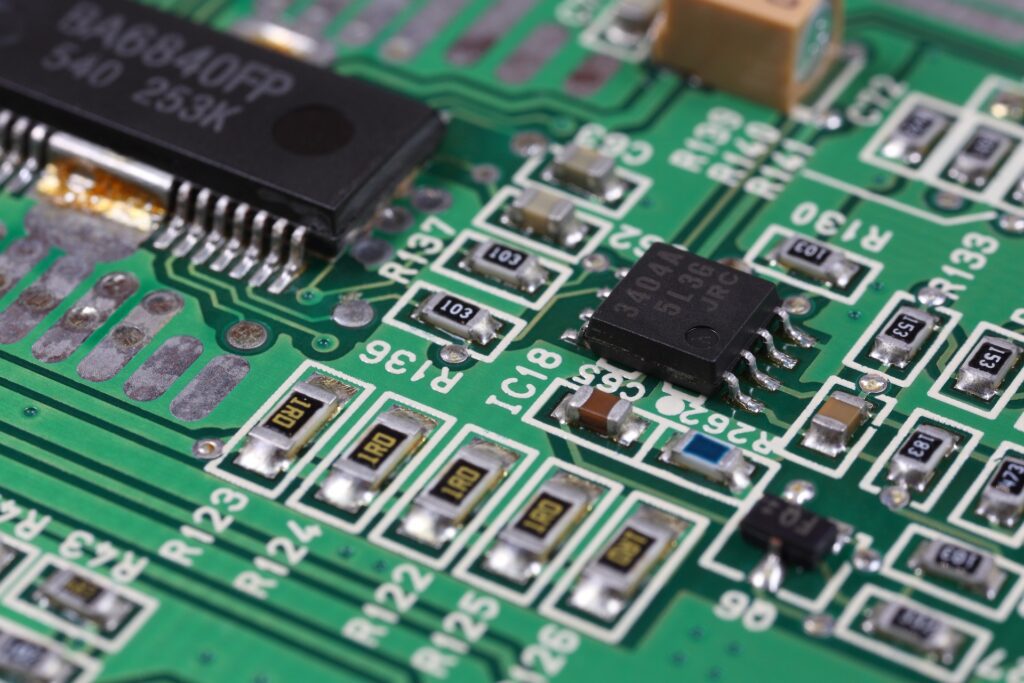In our rapidly advancing technological landscape, electronic devices have become an integral part of our daily lives. However, the increased usage of electronic devices also means an increase in electrical waste, which poses a significant environmental challenge.
The European Union (EU) Waste Electrical and Electronic Equipment (WEEE) Directive is aimed at addressing this environmental concern by regulating the disposal and recycling of electronic waste.
What is the WEEE Directive?
The WEEE Directive regulates the disposal and recycling of electrical and electronic equipment (EEE) by requiring companies to register their EEE, facilitate the disposal and recycling of EEE products, and provide take-back services.
The WEEE Directive went into effect in the EU in 2003 and went through revisions in 2012. Since then, additional requirements or changes have been implemented to adapt to the shifting world of technology and improve reporting. These include a change to establish a harmonized format for registration and reporting as well as changes in how data is calculated.
While this is an EU law, it has impacted companies across the globe as international companies have had to adapt to EU regulations to keep their products on the EU market. Other jurisdictions around the world, including US states and Canadian provinces, have also adopted WEEE-like regulations.
Who Needs to Comply with WEEE?
Manufacturers and importers are the primary targets for WEEE compliance. If your company produces EEE and places it on the market in the EU, you are likely subject to WEEE compliance requirements. This includes both EU and non-EU manufacturers selling their products within the EU.
Distributors of EEE may also have responsibilities under WEEE. They will need to ensure the products they sell comply with WEEE regulations and facilitate the return of old electronics when a customer purchases replacements.
WEEE Categories
There are six categories for the type of EEE subject to the WEEE Directive:
- Temperature Exchange Equipment — This includes EEE that uses substances other than water for heating and cooling such as refrigerators and heat pumps.
- Screens and monitors with large screens — This is for EEE with screens larger than 100 cm² when the main purpose of the EEE is displaying information.
- Lamps — This includes fluorescent, LED, HID, and LPS lamp bulbs and tubes.
- Large equipment — Anything not included in the first three categories that has any external dimension more than 50 cm. This can include washers, medical devices, automatic dispensers like ATMs, electronic tools, and more.
- Small equipment — Anything not included in the first three categories that does not have an external dimension more than 50 cm. This can include small household appliances and small electronic equipment.
- Small IT and telecommunication equipment — This includes equipment with no external dimensions more than 50 cm, such as cell phones or tablets.
Steps for WEEE Compliance
Registration and Reporting
The first step for WEEE compliance is to register in each EU member state in which you sell of manufacture EEE products. Although WEEE is an EU-wide directive, each member state has its own registration authorities.
You will also need to report the amount of all the EEE products distributed within each country. Each country has its own frequency with which these reports must be generated, e.g. annually, quarterly, etc.
Product Disclosures & Instructions
In compliance with WEEE you will need to provide proper labeling and disposal/recycling instructions for your products.
Each product must be marked with the WEEE symbol (a crossed out wheelie bin), indicating that it should not be disposed of with regular waste.
Your products will also need to come with instructions on the dismantling and disposal of the products. This should include how to safely disassemble the product and recommendations for disposal or recycling.
Take-Back Systems
You will need to have an established take-back system for products that need to be safely disposed of and/or recycled. This can involve partnering with authorized recycling facilities or joining in a collective take-back program. However, you must be able to finance the solution even if you partner with other organizations to implement the program.
Get WEEE Support
As the use of electronics in our daily lives continues to increase, WEEE compliance is only going to grow in importance. It’s also likely that we will see changes in how WEEE is enforced in coming years. For instance, in October 2023, the EU put forth recommendations to encourage the return of small personal electronics.
If you are new to distributing electronics in the EU, or if you need help improving the efficiency of your WEEE compliance, contact Tetra Tech’s experts today at [email protected]. We have years of experience reporting in EU markets, and can help you establish an effective reporting system.






